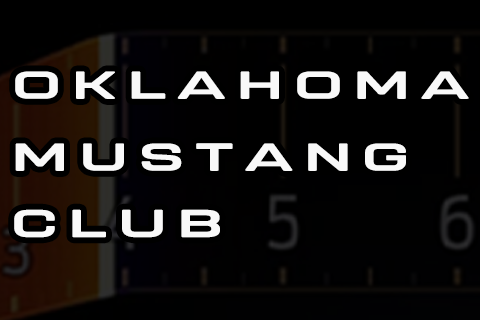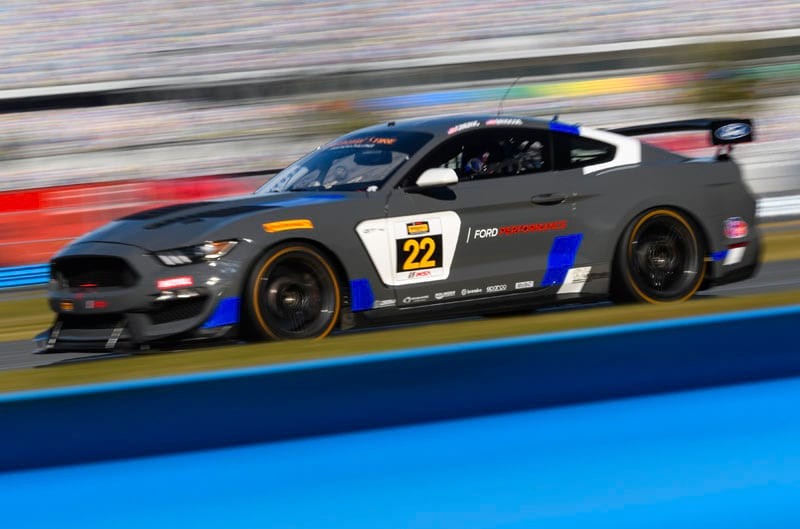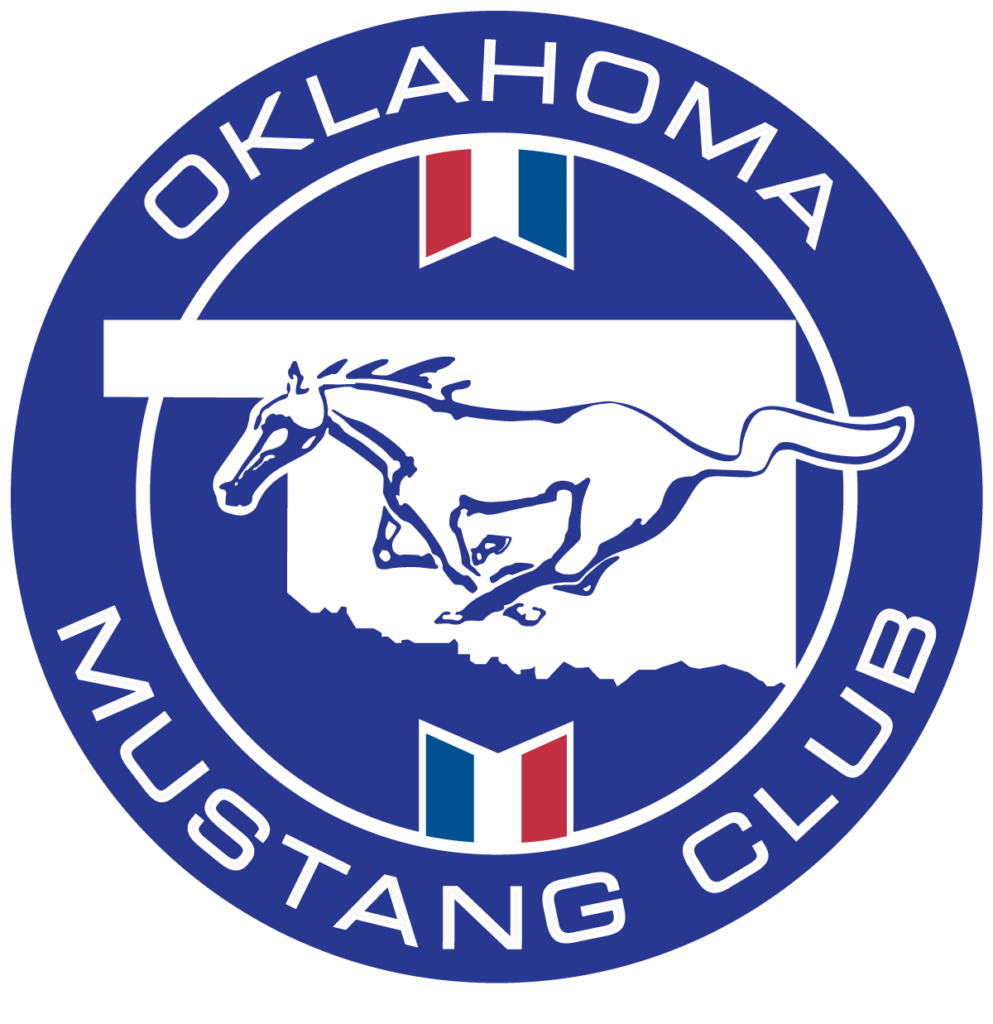FROM OUR FRIENDS AT FORD PERFORMANCE:
DEARBORN – After getting valuable seat time in their Ford Mustang GT4s for the first time at the Roar Before the Rolex 24 earlier this month, Ford Performance’s young NASCAR cross-over drivers, Chase Briscoe, Cole Custer, Ty Majeski and Austin Cindric will see what they can do together in the four-hour Continental Tire SportsCar Challenge’s BMW Endurance Challenge at Daytona International Speedway Jan. 26, 2018.
It was recently announced that Briscoe, a Ford Performance Development driver, Cindric and Majeski will share the full-time No. 60 Roush Fenway-prepared Mustang in the NASCAR XFINITY series in 2018, in collaboration with Team Penske and Ford Performance. Ford is in the midst of a youth movement and is giving drivers vital experience in different cars and tracks to build their skill overall. Included in this for three of the four was time in the Ford Performance simulator near Charlotte, N.C.
Both the No. 22 of Cindric and Briscoe and No. 15 of sportscar veteran Scott Maxwell, Custer and Majeski ran strong at the Roar as Cindric, who will also race in a prototype during the weekend, and Maxwell dished out advice on eeking every tenth out of a corner, doing successful driver changes, as well as explaining the difference in lingo between NASCAR (“garage”) and IMSA (“paddock”).
CHASE BRISCOE – “It’s been huge just being a Ford development driver, all the way from the NASCAR stuff and now the road course stuff, even production car development. The stuff I’m able to do is pretty remarkable. To get a shot to do sports car racing…growing up being a sprint car driver, I never thought in a million years I’d get to do this. It’s awesome. I’m really enjoying it so far. The biggest difference is (the course layout), but the car just drives so much different. There’s a couple similarities but not a ton, so as a driver it’s really neat to get the chance to be a little more versatile. The chance to compete over here is going to be huge, I think, down the line on my career path. I think the biggest thing I’ve learned is how much one mistake can cost a whole entire lap. On the road course stuff, you have to be so technical and really precise. One screw-up can affect so many other things. If you screw up one corner that leads onto a long straightaway, that costs you two or three seconds. That’s been the biggest thing. You just have to minimize mistakes. On the NASCAR side, if you make a mistake, it costs a tenth or two. Here it costs so much more.”
AUSTIN CINDRIC – “If there was a set list of what I could tell these guys to do to be successful, I would’ve given it to them (laughs). These guys all come from varied backgrounds. We all meet together in stock car racing, but for me, it’s kind of enlightening, because I get to see sportscar racing from a different perspective. It’s like meeting someone from a different culture and seeing how they understand life. It relates to racing in how things are described differently; how things are looked at. It keeps me open-minded towards what I do and makes me think about things. I’ve learned just from listening to questions, so that’s been a fun thing to experience. I’ve done some driver coaching in the past in similar race series, more to network than anything else, and this is kind of my first role within a team where I’ve had the most experience or back to experience something I’ve done before. I think we all see the potential for both cars to run well and be on the podium. Mustangs have always run well at Daytona, but I think this lineup is going to be really strong because every single driver in these cars are race car drivers. I think all of us are going to be able to put it to the big programs. Multimatic and Ford did an amazing job with this car, and I don’t mean to be dramatic at all. It does everything a driver would want it to do. You can put it where you want to put it and you can drive it how you want to drive it. I was up to speed within three laps. I was happy; I felt comfortable. I’m excited to be in the car because there’s a smile on your face every time you go around. That’s a credit to the guys who developed it.”
COLE CUSTER – “It’s been interesting. It’s been a learning experience, but it’s been fun. I definitely got a lot of help from Scott Maxwell and Austin. It’s been made easy on us. Multimatic brought great cars to the race track. I’ve done road course racing on the NASCAR side, but this is definitely a different world. It’s hard to get used to. It’s hard to get used to the driver changes, because we’ve never done anything like that before. Just getting to know everyone is really awesome.”
TY MAJESKI – “The Mustang GT4 is fun to drive, it’s just a lot different from what I’m used to, not only from getting acclimated to road racing in general, but getting used to a race car with ABS brakes and traction control. Stuff I have no experience with. It’s been fun to lean on Scott Maxwell, my teammate. He’s obviously had a lot of experience doing this and he’s been a lot of help to all us drivers. I’m looking forward to learning as much as I can. I’ve raced with Chase and Cole a little bit, but not much, only a few races. The Roar gave us the chance to bond a little bit, get to know each other, since we’ll probably be teammates in the Ford camp for years to come. Driver changes are something we’ll have to get used to. It gives you another set of eyes on the car and another opinion on the car and what we can do to be faster, another guy to compare data off of. All-in-all it’ll help all of us. Of course, there’s always internal competitions. We always want to be the faster driver, but having co-drivers will push us a little harder to be better as well.”
SCOTT MAXWELL – “The first day at Roar was more of an exposure day for them, just giving them time to figure things out and gathering as much data on what they’re doing. Then we applied it on day two. Chase would be the best example, because he had the most track time early on, other than Austin, who already has quite a bit of sports car racing experience and is racing in a prototype at Daytona as well. Chase totally changed his style overnight and found two seconds and is now right on pace. We’ll do the same with the others, work on the areas we’ve pinpointed, and they’ll be fine. There’s so much natural talent there and speed’s never an issue, it’s just getting it out of them and showing them how to use it in a road racing style.”





